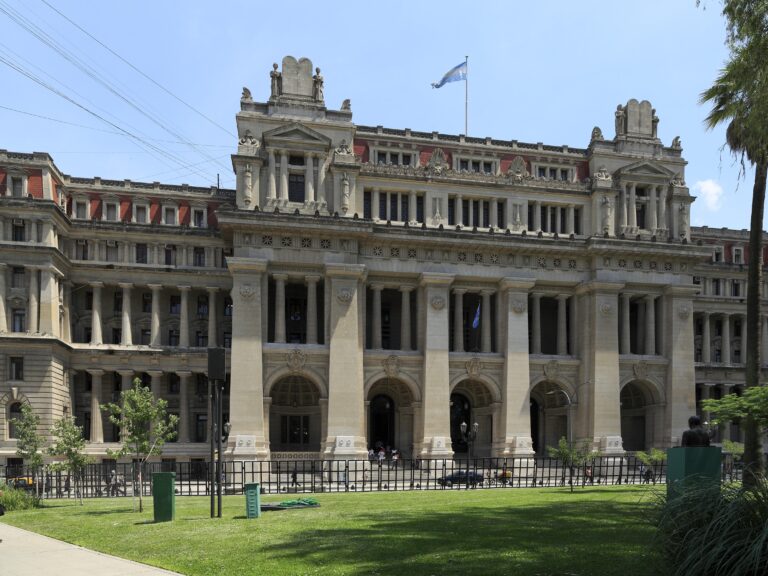Argentine Court Annuls Trial in Diego Maradona Death Investigation
In a surprising development, an Argentine court has officially annulled the trial concerning the death of iconic football legend Diego Maradona. The case, which has captivated global audiences and sparked widespread debate since Maradona’s passing in November 2020, encountered numerous procedural obstacles that ultimately led to this judicial decision. The mistrial represents a major hurdle for those seeking clarity and responsibility regarding the medical care provided to the soccer great during his final days.
Highlights from the mistrial announcement include:
- Questions surrounding the authenticity of critical medical records
- Divergent expert opinions on whether standard care protocols were followed
- The judge’s identification of significant procedural flaws throughout the trial
| Issue | Prosecution’s Position | Defense’s Counterpoint |
|---|---|---|
| Alleged Medical Negligence | Lapses in continuous monitoring and timely intervention alleged | Claims adherence to established procedures and prompt responses by staff |
| Evidentiary Integrity | Maintained chain of custody for all documents presented as evidence | Skepticism over document validity and potential mishandling raised
> |
| Credibility of Witnesses | The prosecution relied on consistent expert testimonies supporting negligence claims | The defense highlighted contradictions and possible biases among witnesses > |
Underlying Legal Complexities and Challenges Leading to Mistrial Declaration
The court’s decision underscores profound legal challenges inherent in prosecuting cases involving complex medical negligence, especially when multiple healthcare providers are implicated. One central difficulty was pinpointing individual accountability within Argentina’s multifaceted healthcare system-a factor that blurred lines between personal error and systemic shortcomings.
The defense emphasized that institutional deficiencies played a significant role in Maradona’s demise rather than isolated professional misconduct. This argument complicated efforts to establish direct causation or fault beyond reasonable doubt.
A fragmented mosaic of conflicting testimonies combined with incomplete or inconsistent medical documentation further weakened prosecutorial claims.
Additionally, procedural delays raised constitutional concerns about defendants’ rights to timely justice. Lengthy adjournments strained courtroom resources while intense media scrutiny heightened pressures on judicial impartiality.
- Lack of conclusive forensic evidence: No definitive link between specific actions by caregivers and cause of death could be firmly established.
- Divergent expert analyses: Medical specialists offered opposing views on standards-of-care breaches versus acceptable practice variations.
- Tardy proceedings: Prolonged trial timeline triggered debates over fair trial guarantees under Argentine law.
- Difficulties isolating liability: Distinguishing individual errors from broader systemic failures proved legally challenging.
| Main Legal Concern   | Effect on Case   | Judicial Outcome    |
|---|---|---|
| Evidence Deficiencies¬†¬†¬† | Weakened prosecution’s position¬†¬†¬† | Mistrial declared¬†¬†¬† |
| Conflicting Expert Opinions    | Raised reasonable doubt among jurors                                                                                                                                     Introduced reasonable doubt leading to increased case complexity Judicial Response: Heightened scrutiny but no resolution reached Strategies for Enhancing Justice Delivery in Medical Negligence Litigation Involving High-Profile CasesPursuing greater transparency alongside rigorous evidentiary protocols is essential when addressing intricate medical malpractice disputes-especially those attracting substantial public interest like this one involving Diego Maradona. Court systems should enforce stringent guidelines mandating comprehensive documentation from every healthcare provider involved at each stage of patient care. Such measures help minimize ambiguities while safeguarding against procedural missteps capable of derailing trials or prolonging litigation unnecessarily. A collaborative framework integrating legal professionals with clinicians and forensic analysts is equally vital for bridging knowledge gaps frequently encountered during these cases.
|




